Are you wondering what factors will influence the Shipping 20ft & 40ft Containers from China to Canada in 2025?
As global trade evolves, understanding the true cost of shipping from China to Canada becomes crucial for importers who want to stay competitive and maximize profits. In this concise guide, we break down the projected expenses, highlight industry changes for 2025, and offer key insights to help you streamline your logistics and make the smartest choices for your business.
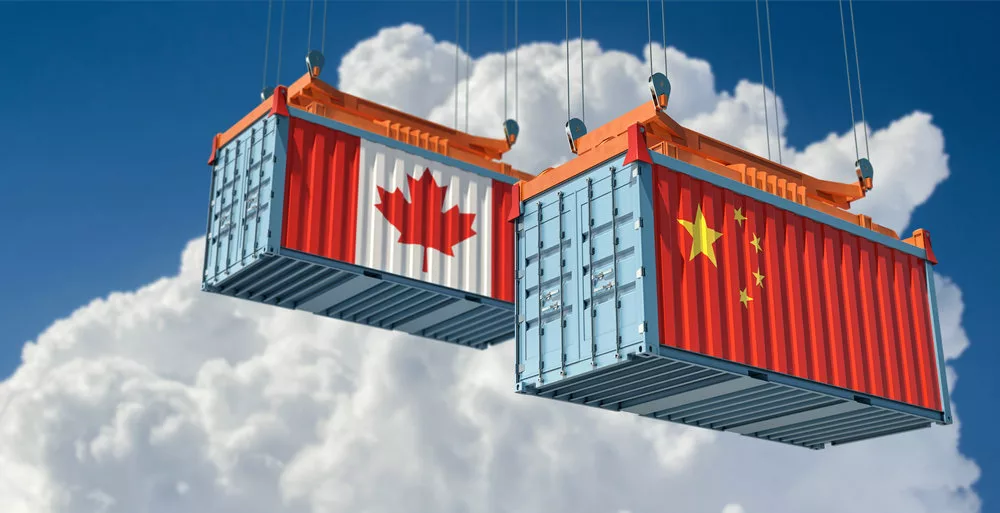
Current Shipping Rates: China to Canada Container Costs in 2025
Shipping containers from China to Canada is an essential aspect of international trade for businesses aiming to import goods. Understanding the current shipping rates for 20ft and 40ft containers is crucial for making informed shipping decisions.
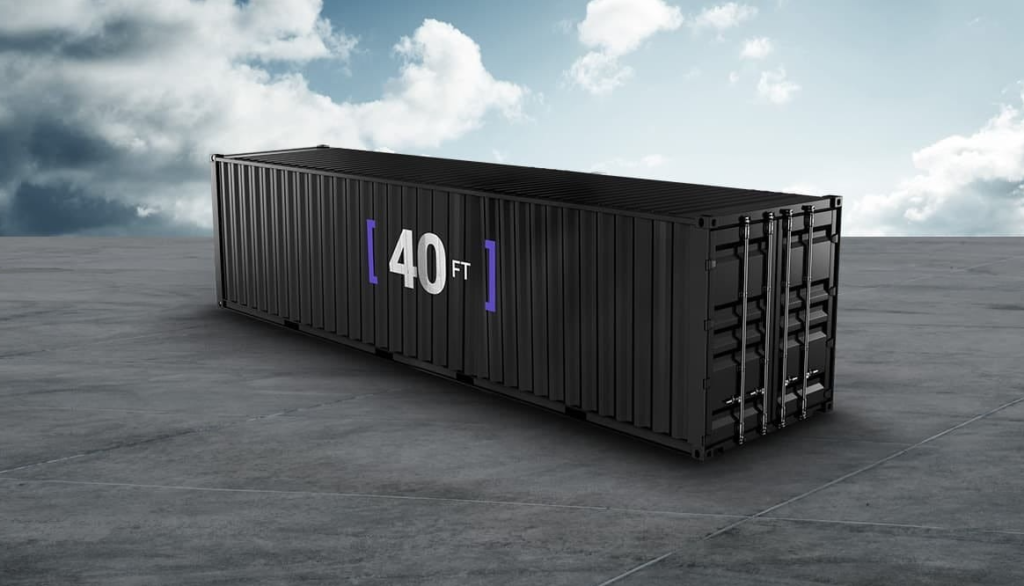
Average Prices for 20ft and 40ft Containers
Below are the average shipping costs for containers from China to Canada in 2025:
| Container Size | Price Range |
|---|---|
| 20ft Container | $2,550 – $3,550 |
| 40ft Container | $3,050 – $5,550 |
Specific route pricing varies as follows:
| Route | 20ft Container | 40ft Container |
|---|---|---|
| Shanghai to Canada | $3,150 | $4,250 |
| Shenzhen to Canada | $3,250 | $4,550 |
| Guangzhou to Canada | $3,050 | $4,050 |
For businesses seeking reliable Ocean Freight services, working with experienced freight forwarders like Dantful International Logistics can ensure competitive rates and timely deliveries.
Factors Influencing Shipping Costs from China to Canada
Several key factors can significantly affect the cost of shipping containers from China to Canada:
- Nature of Shipment: The type of goods being shipped (e.g., hazardous materials, perishables) can lead to additional handling and transportation costs.
- Shipping Method: The decision to use Full Container Load (FCL) or Less than Container Load (LCL) impacts pricing. Generally, FCL is more economical for larger shipments.
- Weight and Dimensions: Heavier and larger shipments typically incur higher shipping charges, especially if they exceed standard container limits.
- Origin and Destination: Rates can vary based on specific ports in China and Canada due to local tariffs and facility usage.
- Service Type: The choice between port-to-port or door-to-door delivery services will influence overall costs, with door-to-door being more expensive.
- Seasonal Demand: Shipping costs can rise during peak seasons (e.g., holidays) due to increased demand for shipping space.
- Fuel Prices: Fluctuations in global fuel prices can directly affect shipping rates, as fuel costs are a substantial part of logistical expenses.
- Global Events: Political tensions, natural disasters, and other unforeseen circumstances can disrupt shipping routes and schedules, increasing costs.
- Port Congestion and Equipment Shortages: Delays at congested ports or shortages of containers can lead to higher shipping expenses.
- Customs and Documentation: Efficient customs processing and accurate paperwork are essential to avoid delays and additional costs.
Navigating these variables can be complex, so it’s advisable to seek quotes from multiple freight forwarding services. Dantful International Logistics provides a highly professional and cost-effective approach to shipping, ensuring that your logistics needs are met efficiently.
Popular Shipping Routes and Their Pricing
Understanding the most common shipping routes from China to Canada can help businesses plan their logistics more effectively. Below are some popular routes and their corresponding pricing structures.
Shanghai to Vancouver: Container Shipping Costs
The route from Shanghai to Vancouver is frequently used by importers. The pricing for containers on this route typically averages as follows:
| Container Size | Price |
|---|---|
| 20ft Container | $3,150 |
| 40ft Container | $4,250 |
Rates may fluctuate based on seasonal demand and shipping line availability. Importers are encouraged to consult freight forwarders for favorable rates.
Shenzhen to Toronto: FCL and LCL Rates
The route from Shenzhen to Toronto caters to various goods, with typical costs as follows:
| Container Size | FCL Price | LCL Price |
|---|---|---|
| 20ft Container | $3,250 | Depends on weight/volume |
| 40ft Container | $4,550 | Depends on weight/volume |
Dantful International Logistics provides tailored solutions for both FCL and LCL shipping, accommodating diverse cargo sizes and types.
Guangzhou to Montreal: Freight Forwarding Prices
Shipping from Guangzhou to Montreal is a vital route, especially for businesses importing electronics and textiles. The average shipping costs are as follows:
| Container Size | Price |
|---|---|
| 20ft Container | $3,050 |
| 40ft Container | $4,050 |
Navigating the logistics of shipping can be complex, but with a reliable freight forwarding partner like Dantful International Logistics, importers can ensure their products arrive safely and on time. For more information on shipping and logistics services, visit Dantful International Logistics.
Breakdown of Container Shipping Expenses
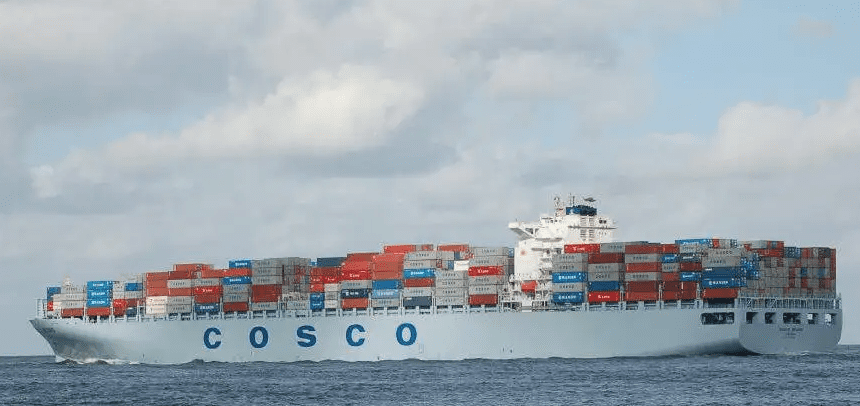
When importing goods from China to Canada, understanding the various components of shipping expenses is essential for budgeting and financial planning. This section dives into the breakdown of container shipping expenses, including ocean freight charges, additional fees, and insurance costs.
Ocean Freight Charges for China-Canada Routes
Ocean freight charges form the core of container shipping costs, representing the fees charged by shipping lines for transporting containers across international waters. These charges are affected by several factors, including:
- Distance: The longer the route, the higher the ocean freight charges. The China-Canada route is extensive, which can contribute to higher costs.
- Container Size: As previously mentioned, a 20ft container typically costs between $2,550 to $3,550, while a 40ft container ranges from $3,050 to $5,550.
- Shipping Method: Whether you choose Full Container Load (FCL) or Less than Container Load (LCL) affects the ocean freight cost. FCL is generally more economical for larger shipments.
- Shipping Line: Different shipping lines offer varying rates. It’s crucial to compare prices and services among multiple providers to get the best deal.
- Fuel Surcharges: Fluctuations in fuel prices directly affect ocean freight charges, leading to additional surcharges that may vary by shipment.
By working with a reputable freight forwarder like Dantful International Logistics, companies can receive guidance on selecting the best shipping options tailored to their needs.
Dantful International Logistics Services:
- Dantful Ocean Freight Services
- Air Freight From China
- Amazon FBA Freight Forwarding
- WAREHOUSE Services
- One-Stop Customs Clearance Solution
- Cargo Insurance Services in China
- DDP Shipping Services By Dantful Logistics
- Out of Gauge Cargo Transportation Shipping Services
Additional Fees: Customs, Duties, and Handling Costs
In addition to ocean freight charges, various additional fees can affect the total shipping cost. These include:
- Customs Duties: Import duties imposed by the Canadian government based on the value of goods being imported. These rates can vary depending on the type of goods and their country of origin.
- Handling Fees: These charges typically cover the costs associated with loading and unloading cargo at ports. Handling fees can vary based on the port and the nature of the goods.
- Port Fees: Fees charged by ports for the use of their facilities, which may include docking charges, security fees, and other related costs.
- Brokerage Fees: If you use a customs broker to facilitate the clearance of your shipment, you may incur additional brokerage fees. The broker helps ensure that all necessary documentation is in order and that duties and taxes are paid.
It’s advisable to budget for these additional charges to avoid unexpected expenses during the shipping process.
Insurance and Documentation Expenses
Insurance is a critical component of container shipping, providing protection against loss or damage to cargo during transit. Key aspects include:
- Cargo Insurance: This insurance protects against risks such as theft, damage from accidents, or natural disasters. The cost typically ranges from 0.5% to 2% of the total cargo value, depending on the type of goods and coverage level.
- Documentation Fees: Proper documentation is vital for smooth customs clearance. Fees for documentation, such as bills of lading and customs forms, can vary based on the freight forwarder and the complexity of the shipment.
Investing in adequate insurance coverage and ensuring all documentation is accurately completed can save businesses from significant financial losses.
How to Reduce Your China to Canada Shipping Costs
Reducing shipping costs is a top priority for importers looking to maximize profitability. Below are strategies to lower your China to Canada shipping costs effectively.
Choosing the Right Container Size: 20ft vs 40ft
Selecting the appropriate container size is crucial for optimizing shipping costs:
- 20ft Container: Generally suitable for smaller shipments, this option can be more economical if you do not need to fill a larger container.
- 40ft Container: Ideal for larger shipments, this choice often provides a lower cost per cubic meter, making it more economical if you have enough cargo to fill the container.
Assessing your shipment volume and weight can help determine the most cost-effective container size to use. Consulting with a freight forwarder like Dantful International Logistics can provide insights into the best container options for your needs.
Timing Your Shipments: Peak vs Off-Peak Seasons
The timing of your shipments can significantly affect shipping costs:
- Peak Seasons: During peak shipping seasons (e.g., before holidays), demand for shipping space increases, leading to higher rates. To avoid these surcharges, consider scheduling shipments during off-peak periods.
- Off-Peak Seasons: Shipping during quieter months typically allows you to negotiate better rates with freight forwarders and may provide more flexibility in shipping options.
Planning your shipments around these seasonal trends can lead to substantial savings.
Negotiating with Freight Forwarders: Tips and Tricks
Effective negotiation with freight forwarders can lead to reduced shipping costs. Here are some tips to consider:
- Get Multiple Quotes: Always request quotes from several freight forwarders to compare rates and services. This will give you leverage in negotiations.
- Build Relationships: Establishing a good relationship with your freight forwarder can lead to better deals and flexibility in pricing. Frequent communication and trust can foster a mutually beneficial partnership.
- Ask for Discounts: Don’t hesitate to ask for discounts, especially for larger shipments or long-term contracts. Many freight forwarders are willing to negotiate pricing based on volume.
- Discuss Additional Services: Inquire about additional services offered, such as warehousing or customs clearance, which can be bundled to provide overall cost savings.
By employing these strategies, importers can effectively reduce their shipping costs from China to Canada, enhancing their bottom line.
Comparing Shipping Methods: Sea Freight vs Air Freight
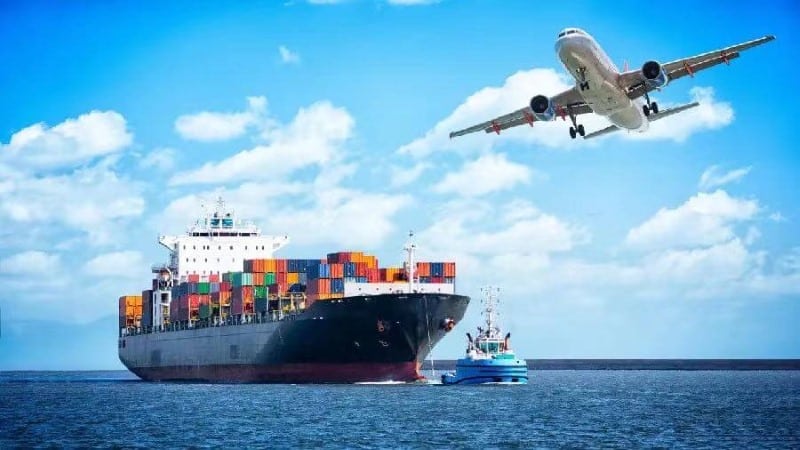
When importing goods from China to Canada, choosing the right shipping method is crucial for balancing cost, speed, and reliability. The two primary methods, sea freight and air freight, each have their unique advantages and disadvantages.
Cost-Effectiveness of Sea Freight for Bulk Shipments
Sea freight is typically the most cost-effective shipping method for bulk shipments. Key reasons include:
- Economies of Scale: Shipping by sea allows for the transportation of large quantities of goods at once. This bulk shipping reduces the cost per unit, making it an attractive option for businesses looking to import large volumes of products.
- Lower Base Rates: Ocean freight rates are generally lower than air freight rates. For example, the cost for a 40ft container ranges from $3,050 to $5,550, which is significantly cheaper than air freight costs, often reaching several times that amount for similar volumes.
- Ideal for Non-Time-Sensitive Goods: Sea freight is suitable for products that do not require immediate delivery, such as electronics, textiles, and machinery. Importers can optimize inventory management by planning for longer shipping times.
For companies focused on minimizing their import expenses, utilizing ocean freight is often the best choice for bulk shipments.
READ MORE:
- Shipping From China to the United States
- Shipping From China TO Canada
- Shipping From China TO Mexico
- Shipping From China to Panama
- Shipping From China to Costa Rica
- Shipping From China to Brazil
- Shipping From China TO Colombia
- Shipping From China to Jamaica
- Shipping From China to Venezuela
When Air Freight Makes Sense: Time-Sensitive Goods
While sea freight is generally more cost-effective, air freight offers distinct advantages in specific scenarios:
- Speed: Air freight significantly reduces transit times. For businesses that need to quickly replenish stock or launch time-sensitive products, air freight can be invaluable.
- Perishables and High-Value Items: Products such as perishable foods, pharmaceuticals, and high-value goods often necessitate rapid delivery. Air freight minimizes the risk of spoilage or loss due to delays.
- Flexibility: Air freight services generally offer more frequent departures than ocean shipping, allowing businesses to respond quickly to changing market demands or unexpected orders.
Although more expensive than sea freight, air freight can be the right choice when timing is critical, providing a strategic advantage in competitive markets.
Hybrid Solutions: Sea-Air Shipping Options
In some cases, businesses may opt for a hybrid solution, combining both sea and air freight. This approach can yield benefits, such as:
- Cost Savings with Speed: By shipping bulk goods by sea for the majority of the journey and using air freight for the final leg, companies can reduce overall shipping costs while ensuring timely delivery.
- Flexibility in Logistics: Hybrid shipping allows for adjusting transportation methods based on changing priorities or inventory levels. For example, if demand surges, a business can switch to air freight for immediate replenishment after an initial sea shipment.
- Optimized Delivery Times: Utilizing a combination of methods can help balance delivery times and costs, ensuring that businesses remain competitive without sacrificing quality or service.
Businesses should evaluate their specific needs and market conditions when deciding between shipping methods, considering potential hybrid strategies for optimal results.
Future Trends in China-Canada Shipping Costs
As the global shipping landscape evolves, several trends may impact China-Canada shipping costs in the coming years:
Impact of Fuel Prices on Container Shipping Rates
Fuel prices have a direct relationship with shipping costs. As fuel prices fluctuate, shipping carriers adjust their rates accordingly. Key considerations include:
- Fuel Surcharges: Shipping companies often implement fuel surcharges to offset rising fuel costs, impacting overall shipping expenses.
- Environmental Regulations: Increasing regulations aimed at reducing carbon emissions may lead to higher operational costs for shipping lines, potentially resulting in increased rates for consumers.
Monitoring fuel price trends and anticipating their impact on shipping costs can help businesses plan their logistics budgets more effectively.
Technological Advancements Reducing Shipping Expenses
Technological innovation is transforming the shipping industry, leading to cost reductions in several areas:
- Automation and AI: The adoption of automation in warehouses and logistics processes can enhance efficiency, reduce labor costs, and minimize human error.
- Data Analytics: Advanced analytics tools allow companies to optimize shipping routes and schedules, reducing transit times and overall costs.
- Blockchain Technology: The implementation of blockchain in shipping promotes transparency and efficiency in documentation and tracking, reducing delays and improving trust between parties.
By staying abreast of technological advancements, businesses can leverage these innovations to lower shipping expenses and improve overall logistics efficiency.
Trade Agreements and Their Effect on Freight Costs
Trade agreements between countries play a critical role in shaping shipping costs:
- Tariff Reductions: Agreements that lower tariffs on imports can result in decreased overall costs for businesses, making it cheaper to import goods from China to Canada.
- Regulatory Harmonization: Streamlining customs processes through trade agreements can reduce delays and associated costs, improving the efficiency of cross-border trade.
- Market Access: Trade agreements can open new markets, providing businesses with expanded opportunities and potentially reducing competition rates.
Understanding the implications of trade agreements can help businesses strategize their import practices and optimize shipping costs.
FAQs
- What are the average shipping costs for a 20ft and 40ft container from China to Canada?
- The average shipping costs for a 20ft container range from $2,550 to $3,550, while a 40ft container ranges from $3,050 to $5,550.
- What factors influence container shipping costs?
- Factors include shipment nature, shipping method (FCL vs. LCL), weight and dimensions, origin and destination ports, and additional fees like customs duties.
- How can I reduce my shipping costs from China to Canada?
- Consider choosing the right container size, timing your shipments during off-peak seasons, and negotiating with freight forwarders for better rates.
- When should I choose air freight over sea freight?
- Air freight is best for time-sensitive goods, perishables, and high-value items where speed is critical.
- What are hybrid shipping options?
- Hybrid shipping combines sea and air freight to balance cost savings with timely delivery, allowing businesses to adjust their logistics approach based on changing demands.

Young Chiu is a seasoned logistics expert with over 15 years of experience in international freight forwarding and supply chain management. As CEO of Dantful International Logistics, Young is dedicated to providing valuable insights and practical advice to businesses navigating the complexities of global shipping.

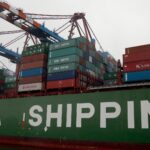




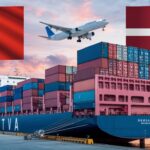


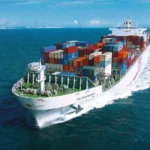

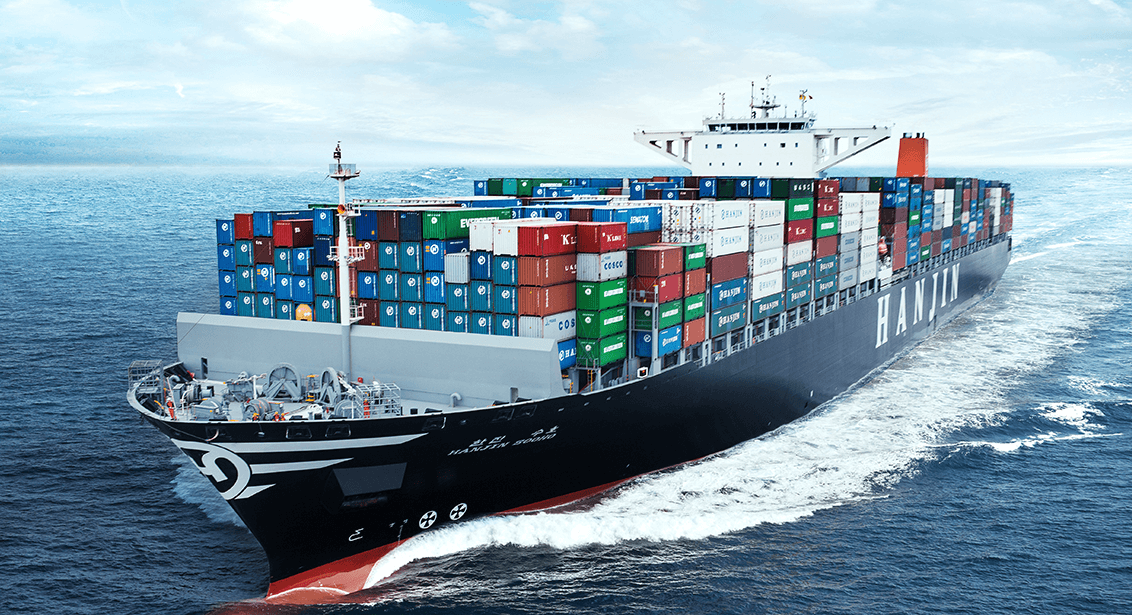
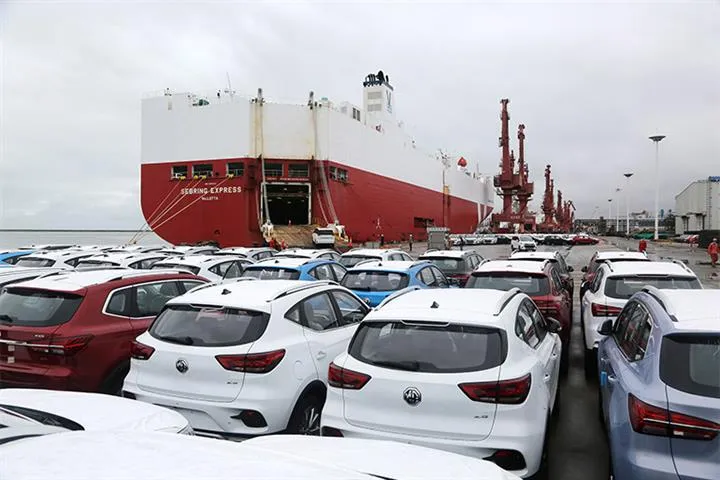

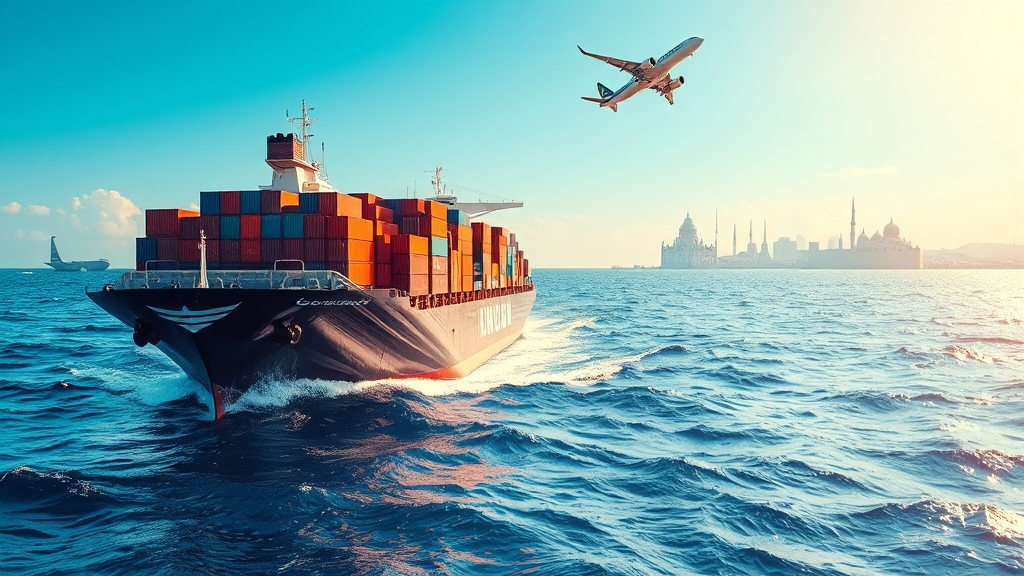
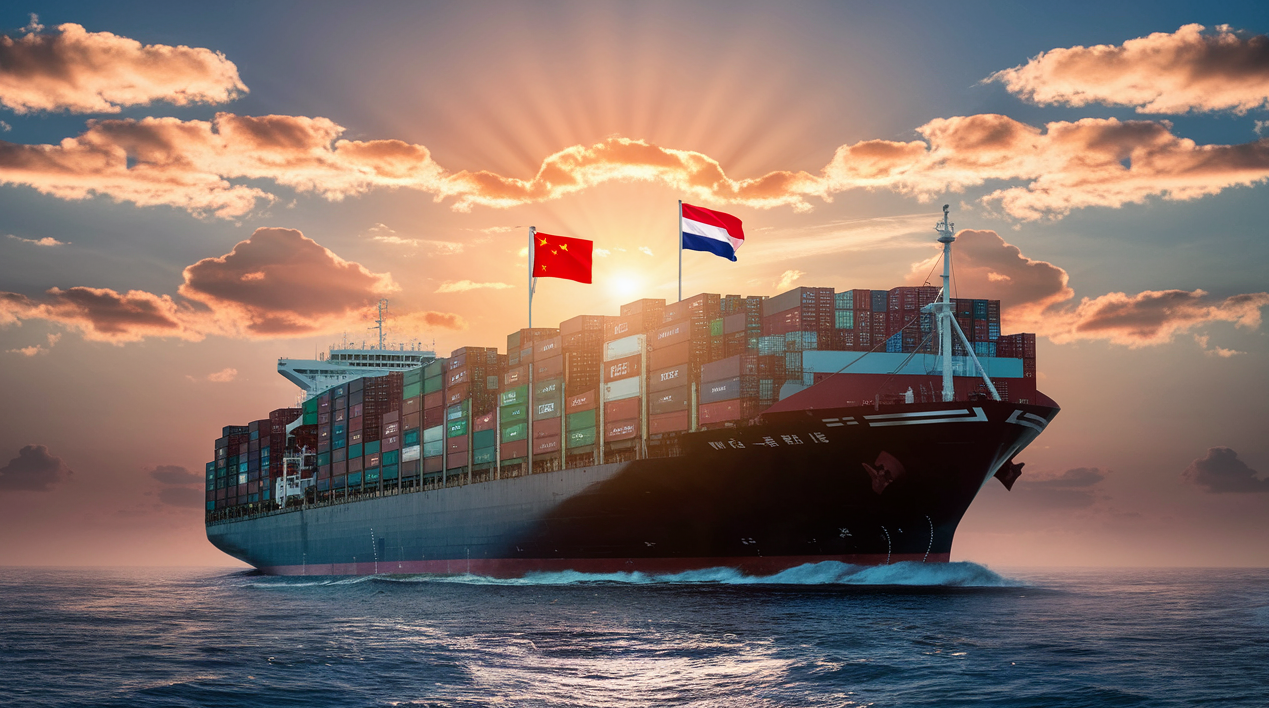





 Afrikaans
Afrikaans Shqip
Shqip አማርኛ
አማርኛ العربية
العربية Հայերեն
Հայերեն Azərbaycan dili
Azərbaycan dili Euskara
Euskara Беларуская мова
Беларуская мова বাংলা
বাংলা Bosanski
Bosanski Български
Български Català
Català Cebuano
Cebuano Chichewa
Chichewa 简体中文
简体中文 繁體中文
繁體中文 Corsu
Corsu Hrvatski
Hrvatski Čeština
Čeština Dansk
Dansk Nederlands
Nederlands English
English Esperanto
Esperanto Eesti
Eesti Filipino
Filipino Suomi
Suomi Français
Français Galego
Galego ქართული
ქართული Deutsch
Deutsch Ελληνικά
Ελληνικά Kreyol ayisyen
Kreyol ayisyen Harshen Hausa
Harshen Hausa Ōlelo Hawaiʻi
Ōlelo Hawaiʻi עִבְרִית
עִבְרִית हिन्दी
हिन्दी Hmong
Hmong Magyar
Magyar Íslenska
Íslenska Igbo
Igbo Bahasa Indonesia
Bahasa Indonesia Gaeilge
Gaeilge Italiano
Italiano 日本語
日本語 Basa Jawa
Basa Jawa ಕನ್ನಡ
ಕನ್ನಡ Қазақ тілі
Қазақ тілі ភាសាខ្មែរ
ភាសាខ្មែរ 한국어
한국어 كوردی
كوردی Кыргызча
Кыргызча ພາສາລາວ
ພາສາລາວ Latin
Latin Latviešu valoda
Latviešu valoda Lietuvių kalba
Lietuvių kalba Lëtzebuergesch
Lëtzebuergesch Македонски јазик
Македонски јазик Malagasy
Malagasy Bahasa Melayu
Bahasa Melayu മലയാളം
മലയാളം Maltese
Maltese Te Reo Māori
Te Reo Māori मराठी
मराठी Монгол
Монгол ဗမာစာ
ဗမာစာ नेपाली
नेपाली Norsk bokmål
Norsk bokmål پښتو
پښتو فارسی
فارسی Polski
Polski Português
Português ਪੰਜਾਬੀ
ਪੰਜਾਬੀ Română
Română Русский
Русский Samoan
Samoan Gàidhlig
Gàidhlig Српски језик
Српски језик Sesotho
Sesotho Shona
Shona سنڌي
سنڌي සිංහල
සිංහල Slovenčina
Slovenčina Slovenščina
Slovenščina Afsoomaali
Afsoomaali Español
Español Basa Sunda
Basa Sunda Kiswahili
Kiswahili Svenska
Svenska Тоҷикӣ
Тоҷикӣ தமிழ்
தமிழ் తెలుగు
తెలుగు ไทย
ไทย Türkçe
Türkçe Українська
Українська اردو
اردو O‘zbekcha
O‘zbekcha Tiếng Việt
Tiếng Việt Cymraeg
Cymraeg יידיש
יידיש Yorùbá
Yorùbá Zulu
Zulu